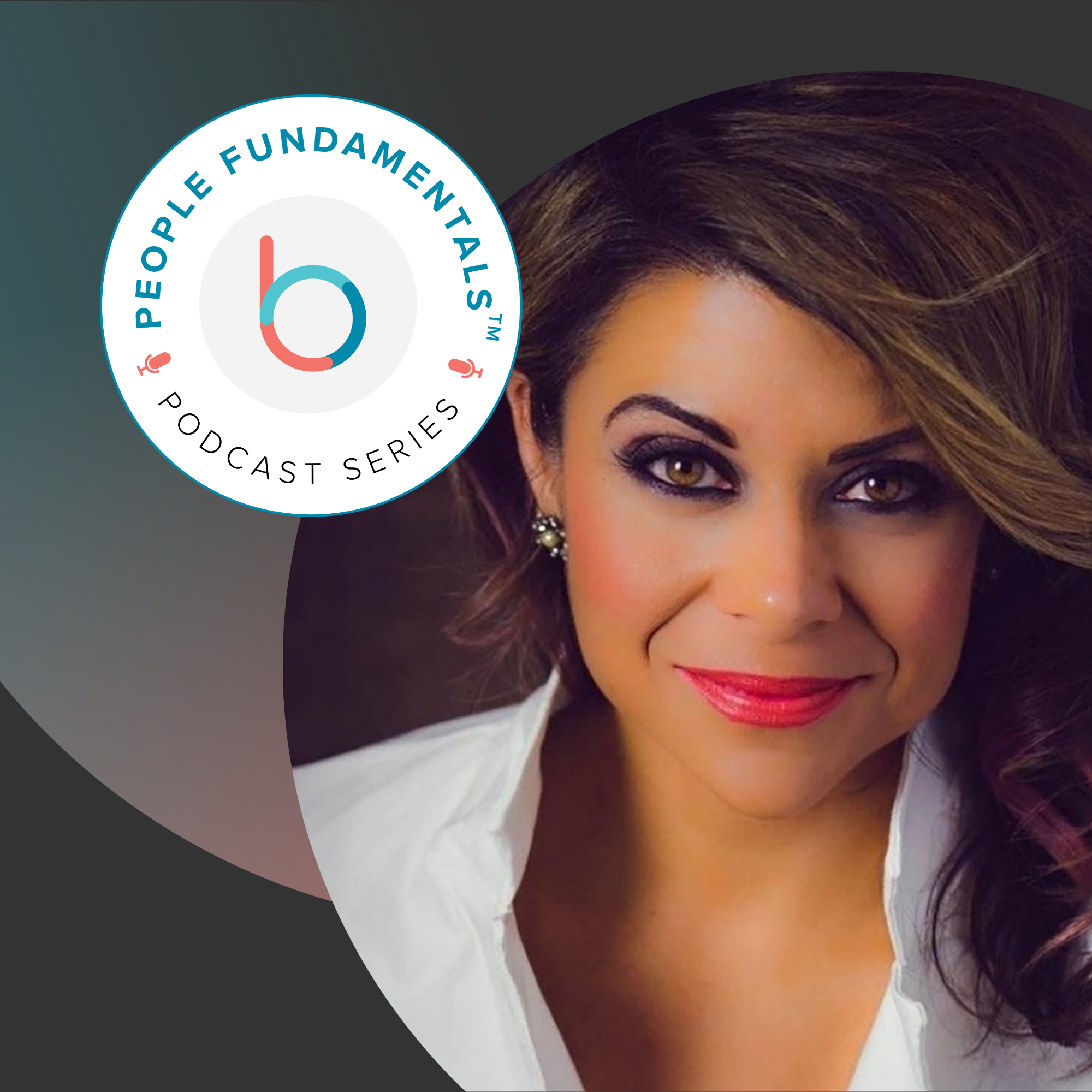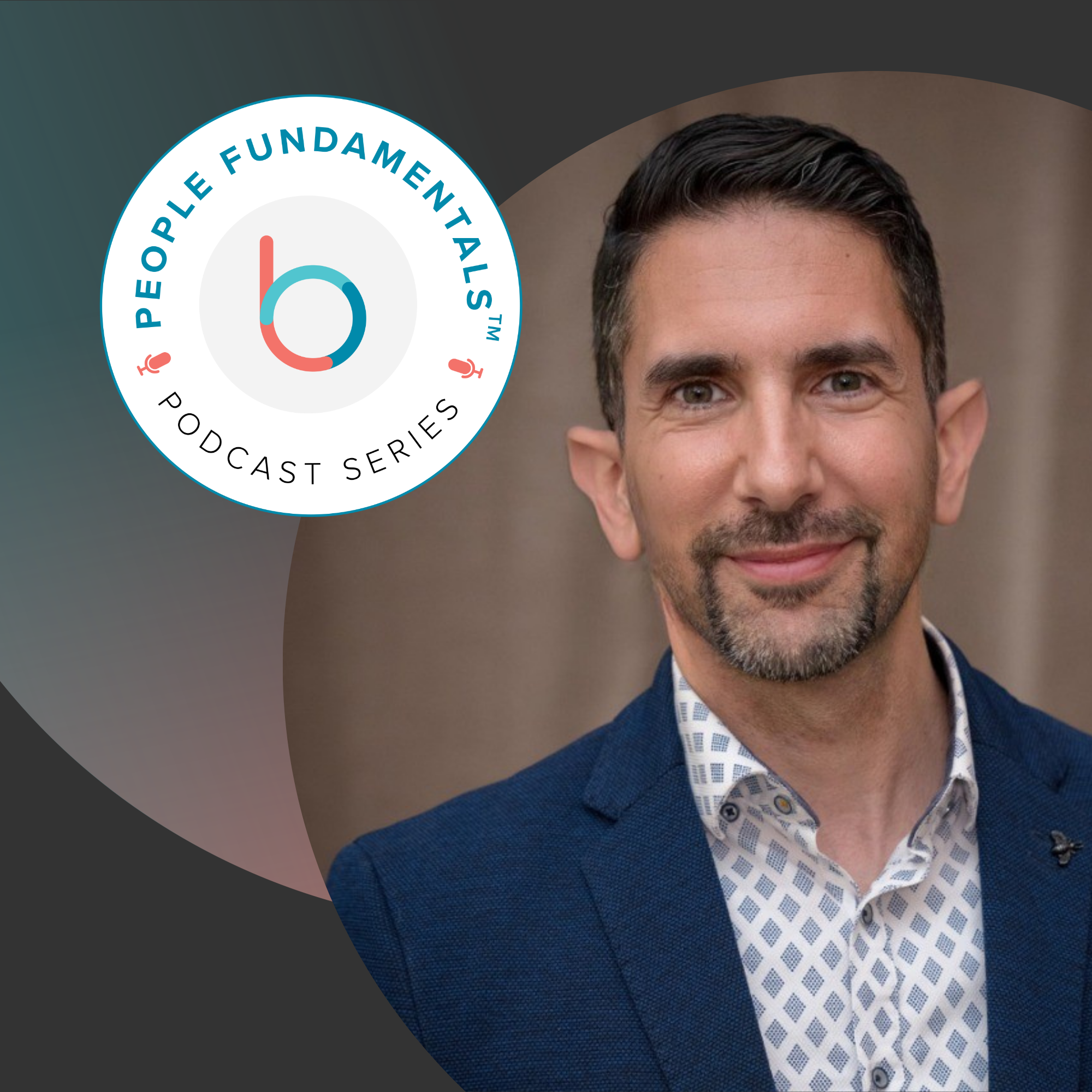From tricked-out home office setups to fancy new in-office workplace protections, significant investments have been made to accommodate working from home and those who want to work in the office. Hybrid work is the only solution that accommodates both of these desires. And with no signs of the ongoing pandemic coming to a close, HR and People teams worldwide are backing hybrid work as the way of the future.
Employees agree, with the latest Gartner research showing that 75% of hybrid or remote knowledge workers report that their expectations for working flexibly have increased, and four out of 10 employees may leave if you insist they return to an in-person office environment.
So what will the future of hybrid work look like for the millions of employees who are striving for more flexibility and autonomy?
Collaboration Will Be Paramount
Google was among many behemoth companies that announced a shift to a hybrid work model. Workers have been asked to spend time in the office three days a week, delegating the other two to their remote locations. Google CEO Sundar Pichai stated that Google expects around 60 percent of its employees to be on a flexible work setup, with 20 percent working from home permanently, and 20 percent physically present in new office locations.
HR and People teams are working round-the-clock to manage these setups – with a primary concern being how to develop an inclusive and collaborative environment for those in and out of the office.
Therefore the office of the future will invest heavily in technologies that support inclusivity and collaboration. Video conferring tools like Zoom will be projected or plugged into in-office monitor setups, and chat tools like Slack will continue to be regularly leveraged in place of in-office hallway chats.
Additionally, performance management tools that accurately measure performance with equity and fairness will need to be embedded in the flow of work and integrated with the everyday tools employees use in order to feel meaningful. The Betterworks platform supports performance enablement by making it easy to set actionable goals, calibrate them, and update progress automatically. This seamless communication, transparent source of truth, and company-wide frameworks are imperative when operating in a hybrid workplace.
While tools will keep us connected it will be equally important to establish a culture of inclusivity as well. It can be stressful for remote employees to worry about being left out of important in-office conversations or meetings, and that added stress can lead to longer work hours and an increased risk of burnout.
If you feel this is happening at your workplace then invest in an employee engagement tool that allows you to effectively share regular workplace culture surveys so you can learn from your employees on the go, and stay on top of important concerns.
Performance Won’t Just Be Managed, But Rather, Enabled
Performance management has always been a top priority for any organization looking to improve its ROI, revenue, and employee retention. But in order to successfully retain top talent and stay competitive in today’s work landscape, hybrid environments of the future won’t just manage employees but will work to enable people through dynamic, cadenced OKRs and goal-setting.
Unlike traditional performance management where goals are set and revisited once (maybe twice) a year, an effective and timely approach to goal-setting means transparent, agile, team-oriented goals that drive actions and align individuals to the mission and purpose of an organization.
A highly effective goal-setting methodology that works for companies of all sizes and is designed to scale is the OKR framework. In this framework, goals are set based on common factors and empower individuals to perform. Companies will likely reply on this framework (or something similar) to manage agile goal-setting, development, and ongoing feedback. Not only will employees revisit their objective and key results in an ongoing manner, but companies will leverage dynamic platforms to gather feedback, track 1:1’s and check-in calls, and goals all from the same location – ensuring that employees have a consolidated way to track and manage their work.
As Fast Company reports: “remote workers want more streamlined technology solutions. That includes providing a single device for both personal and professional use. In 2020, 31% felt overwhelmed by the number of devices they had to manage between work and home.”
And if employees feel overwhelmed by the number of devices they are expected to use, image how that feeling would snowball if they were expected to track their OKRs, feedback, and 1:1’s, from different locations!
Offices Will be Human-Centric
Between the new Occupational Safety and Health Administration (OSHA) standards for office safety protections for COVID-19 (including mask mandates, social distancing, adequate ventilation, frequent cleaning, and disinfection) and the need to balance and respect each employee own health concerns, the office of the future will likely take a far more human-centric approach.
After all, we’re a long way from the end of the COVID-19 pandemic. Hot-desking — the practice of allocating desks and rooms on an as-needed basis — will become more commonplace as teams adopt flexible work schedules. We will likely see an increase in co-working spaces meant to accommodate pockets of closely located employees, many offices will need to be restructured to accommodate social distance measures, and we will likely see an increase in additional enclosed meeting rooms where employees can connect with their remote counterparts.
How do you plan to accommodate, motivate, and support your employees in future hybrid environments? Let us know on Twitter!





